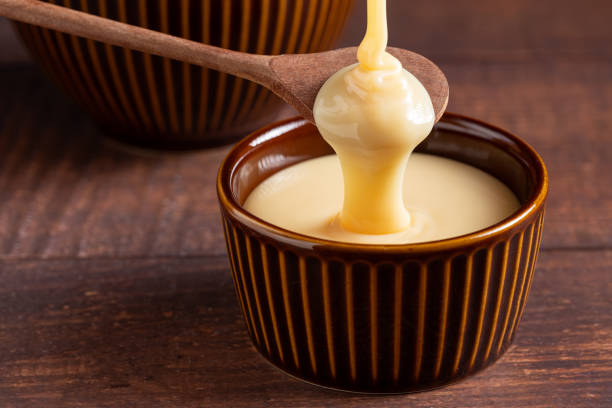Hello Everyone! Welcome to SasVibe. Evaporated milk is a versatile ingredient found in many pantries, known for its creamy texture and ability to enhance both sweet and savory dishes. But like any dairy product, evaporated milk can spoil. Here’s a detailed look at how to store evaporated milk, signs of spoilage, and how to safely use it to ensure your dishes remain delicious and safe to consume.
Understanding Evaporated Milk
Evaporated milk is made by removing about 60% of the water content from fresh milk. This process not only extends its shelf life but also gives it a thicker consistency and a slightly caramelized flavor. Because of the reduced water content, it’s less likely to harbor bacteria compared to regular milk, but it’s not immune to spoilage.
Storage Guidelines
Proper storage is key to maintaining the quality of evaporated milk. Here are some tips:
- Unopened Cans: Store in a cool, dry place. Check the expiration date on the can, as unopened evaporated milk can last up to a year or more if stored properly.
- Opened Cans: Transfer the contents to an airtight container and refrigerate. Use within 3-5 days for best quality.
Signs of Spoilage
Despite its extended shelf life, evaporated milk can spoil. Here are signs to watch for:
- Off Smell: Fresh evaporated milk should have a slightly sweet aroma. A sour or unpleasant odor indicates spoilage.
- Color Changes: Spoiled evaporated milk may turn darker or develop an off-white or yellowish hue.
- Texture: Fresh evaporated milk is smooth and creamy. If it has curdled or has lumps, it has likely gone bad.
- Taste: If it tastes sour or off, discard it immediately.
Why Evaporated Milk Spoils
Several factors can contribute to the spoilage of evaporated milk:
- Temperature Fluctuations: Storing the milk in fluctuating temperatures can cause it to spoil faster.
- Contamination: Once opened, exposure to air and other contaminants can accelerate spoilage.
- Expiration Date: Always check the expiration date. Even if stored properly, evaporated milk will spoil eventually.
Using Evaporated Milk Safely
To get the most out of your evaporated milk without risking spoilage, follow these tips:
- Small Portions: Only open a can if you plan to use a significant portion of it. This reduces the time the milk is exposed to potential contaminants.
- Refrigerate Promptly: Transfer any unused milk to an airtight container and refrigerate it immediately after opening.
- Freezing: While not ideal for maintaining texture, freezing can extend the life of evaporated milk for use in cooking and baking.
Recipes and Uses
Evaporated milk is a staple in many recipes, from creamy soups and sauces to desserts like pies and custards. Its concentrated flavor and texture can enhance many dishes. Here are a few popular uses:
- Creamy Soups: Use evaporated milk to add richness to soups like clam chowder or creamy tomato soup.
- Baking: It’s perfect for pumpkin pie, fudge, and custards.
- Savory Dishes: Add it to mashed potatoes or macaroni and cheese for extra creaminess.
Conclusion
Evaporated milk is a convenient and versatile ingredient, but like all dairy products, it can spoil if not handled and stored properly. By following the guidelines above, you can enjoy its benefits while minimizing the risk of spoilage. Always be mindful of the signs of spoilage and adhere to proper storage practices to ensure your dishes remain delicious and safe.
For more information on safe food storage practices, visit the USDA Food Safety and Inspection Service.
Ensuring that you handle evaporated milk properly will keep your recipes tasting great and your kitchen safe. Whether you’re baking a pie or making a creamy soup, knowing how to store and use evaporated milk effectively is key to culinary success.



